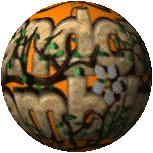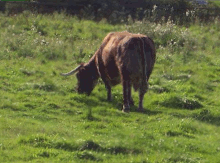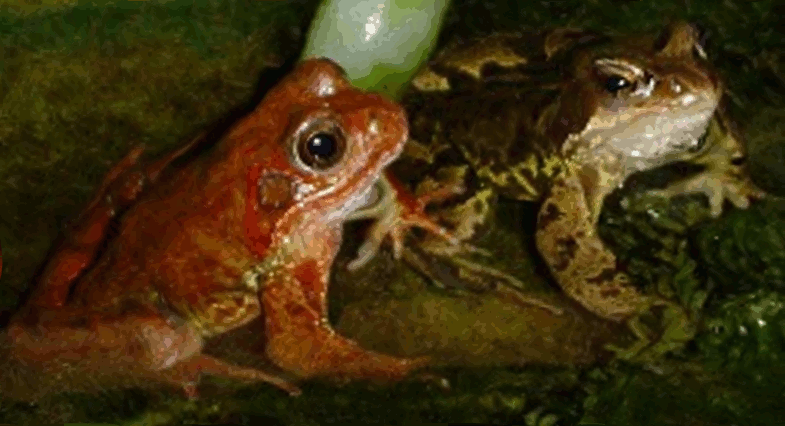The fiery red hot spice flowers of the ‘Red Hot Poker’ plants are now in full bloom. Magnificent, magical, bright and exotic in appearance – they have always been one of my most favourite of garden plants. Spikey, green, pointed leaves that fall in every direction but are razor sharp to the touch like well-sharpened scythes they form a nest around the thick stems that hold the vibrant red and yellow flowers.
On one of my poker plants there is a magnificent Siamese topped flower. These dual versions happen every so often and help to create the illusion of yet more flowers on each plant.
Siamese Red Hot Poker Flowers
Red Hot Poker flower with bottom dew tips
To create more Red Hot Poker plants – simply ease up one of the small circle of leaves in either late Autumn or preferable early Spring. There should be a few small white roots showing … simply dig a medium size hole the size of a mug. If possible place a handful of sand and a little fresh compost in the hole before firming in the new poker plant. Water well in and leave. These are fairly resilient plants that take two to three years to reach maturity. Flowers usually appear on either the second or third year after planting.

















































5 comments:
those are really pretty. They look very familiar. I'm thinking that maybe my dad may have had them in his yard but I can't be certain.
Lovely! I think I ordered some once but they didn't live.
Very good looking plant. Very interesting to hear about all the different flowers and plants. Thanks Polly
really stunning flower. Siamese poker could be derived from the Siamese poker cards which are slim and elongated, just like the flowers.
It's amazing how many of the same plants are in Australia and the USA as in the UK. Guess they are all exotics somewhere. We have these in the PacNW but I never saw them in the midwest.
Post a Comment